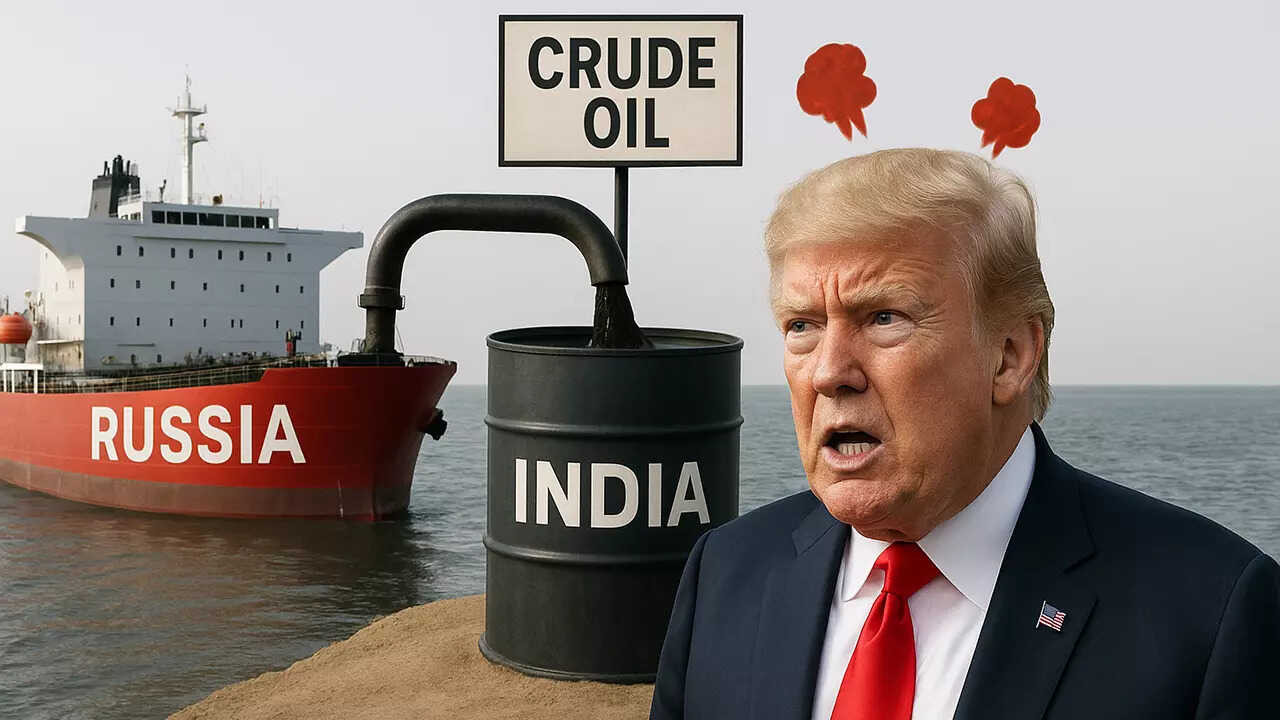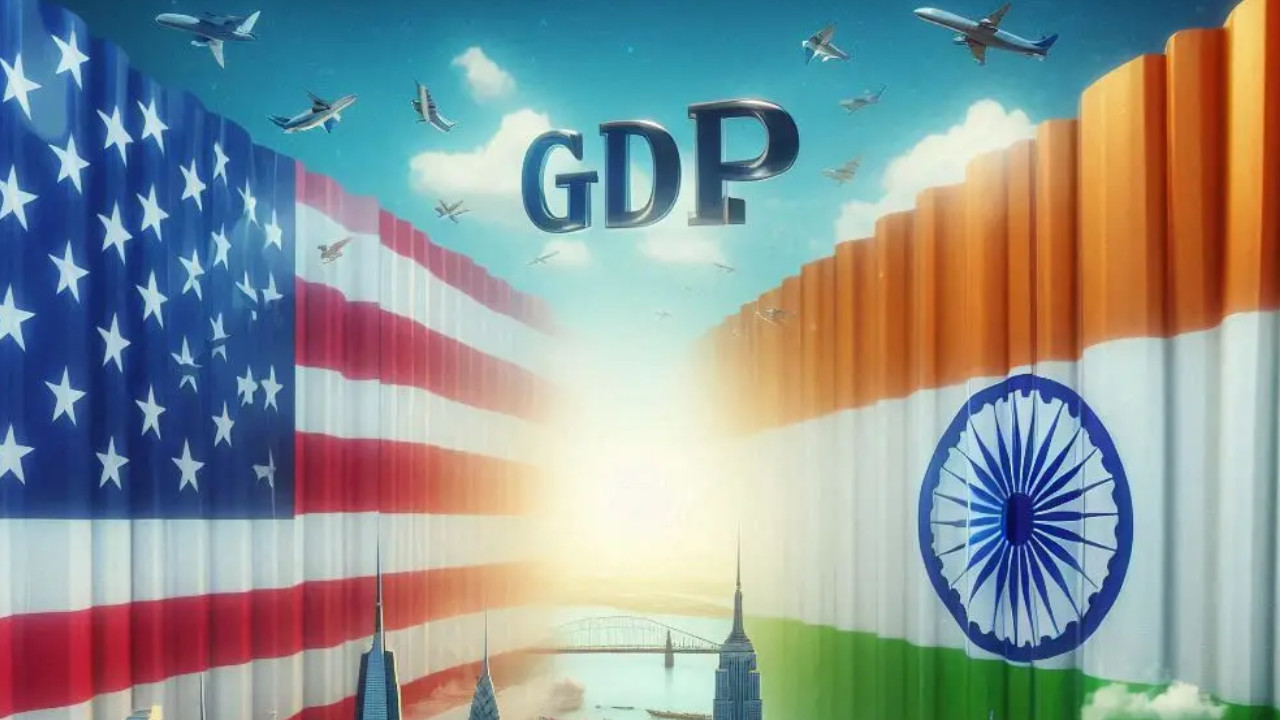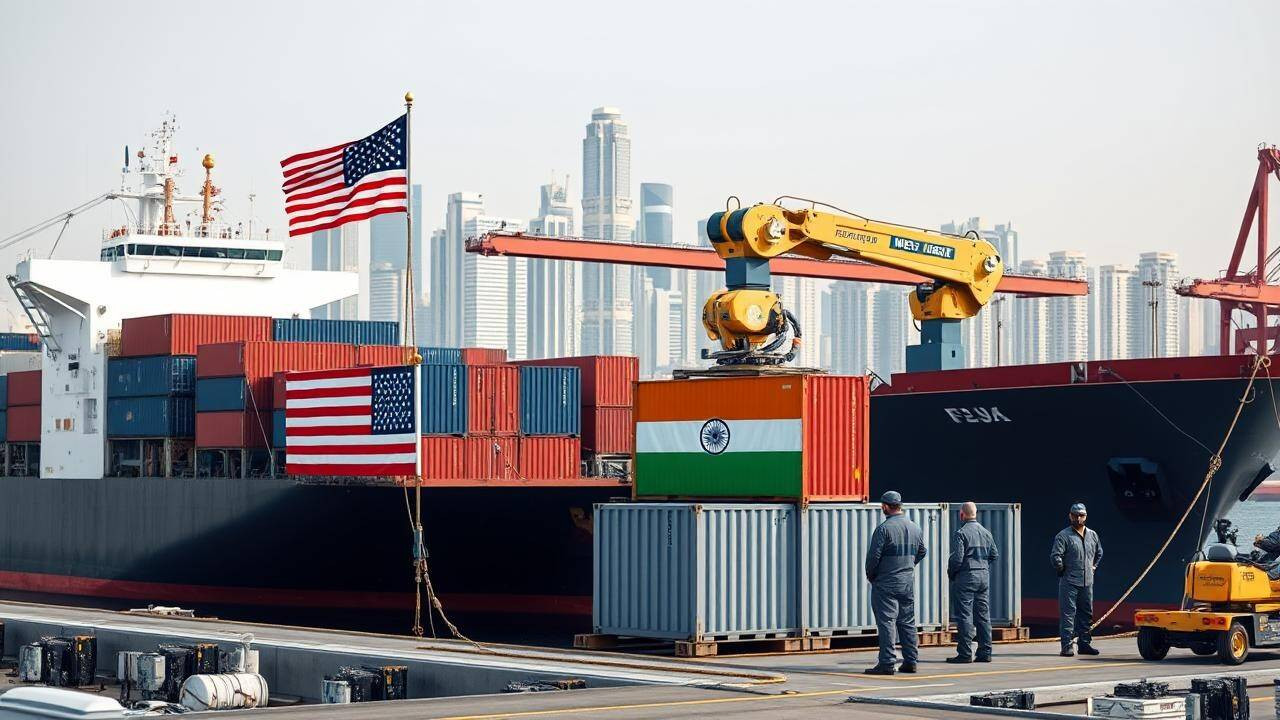Amidst Trump’s threat of secondary tariffs on countries trading with Russia, will India’s crude oil supply face uncertainty? Russia has become India’s top oil supplier due to discounted rates, potential tariffs could disrupt this. However, India’s diversified procurement, strategic reserves, and growing oil imports from other markets may mitigate the impact, suggesting resilience against supply shocks.
Navigating the Murky Waters: Will India’s Oil Flow Face New Headwinds?
The global energy market is never a placid lake. It’s more like a churning ocean, constantly buffeted by geopolitical winds and economic tides. Lately, those winds are picking up speed, and India, a major energy consumer, is finding itself navigating some potentially choppy waters. The question everyone’s asking: should India be worried about a potential disruption to its Russia crude oil supply?
For the past couple of years, Russian crude has been a significant lifeline for India, offering a cost-effective alternative as global energy prices soared. India’s refiners have skillfully navigated international sanctions and found ways to keep the oil flowing, fueling the nation’s economic engine. But recent rumblings on the international stage suggest this comfortable arrangement might be facing a serious challenge.
The Trump Card: A 100% Tariff on All Imports?
The source of much of the uncertainty stems from pronouncements made by Donald Trump. The former (and potentially future) US President has floated the idea of imposing a whopping 100% tariff on all imports to the US. While the full implications of such a policy are still hazy – and dependent on many factors – the potential ripple effects are significant.
One major concern is how such a tariff would impact the global energy market, particularly the flow of Russian crude. If the US were to impose such steep tariffs, it could trigger a domino effect, pressuring other nations to reassess their trade relationships. This pressure could, in turn, impact India’s ability to access affordable Russian oil.
NATO’s Shadow and the Risk of Escalation
Adding another layer of complexity to the situation is the ongoing conflict in Ukraine and the broader tensions between Russia and NATO. While Trump’s tariff proposal isn’t directly linked to the war, it exists within the same geopolitical ecosystem. Any further escalation of the conflict, or a significant shift in NATO’s stance, could have unforeseen consequences for the global energy market and potentially disrupt supply chains.
The Times of India article specifically mentioned potential actions, and while we don’t want to speculate wildly, it’s vital to acknowledge the inherent instability that pervades the region and the potential for that instability to affect the flow of Russia crude oil.
India’s Strategic Balancing Act: A Tightrope Walk
India finds itself in a delicate position. On one hand, it needs to secure affordable energy sources to fuel its growing economy. On the other hand, it must navigate complex international relations and avoid actions that could be perceived as undermining global efforts to address the situation in Ukraine.

This requires a strategic balancing act – a tightrope walk between economic pragmatism and diplomatic sensitivity. India’s policymakers will need to carefully weigh the potential risks and rewards of continuing to rely on Russian oil, while also exploring alternative energy sources and strengthening relationships with other key suppliers.
Diversification is Key: Beyond Russian Crude Oil
The current situation underscores the importance of energy diversification. While Russian crude has been a valuable resource, relying too heavily on any single source leaves India vulnerable to geopolitical shocks. Investing in renewable energy sources, such as solar and wind power, is crucial for long-term energy security. Furthermore, strengthening relationships with other oil-producing nations can help mitigate the risks associated with relying on a single supplier. To understand more about these alternative energy sources, you might find this article on [India’s renewable energy goals](internal-link).
Should India Panic? A Measured Response is Needed.
So, should India panic? The answer is a resounding no. Panic rarely leads to sound decision-making. Instead, India needs to adopt a measured and proactive approach. This involves:
* Closely monitoring geopolitical developments: Staying informed about the latest developments and assessing their potential impact on the energy market.
* Diversifying energy sources: Reducing reliance on Russian crude by exploring alternative suppliers and investing in renewable energy.
* Strengthening diplomatic ties: Maintaining open communication with key international partners to ensure a stable and predictable energy supply.
* Strategic stockpiling: Maintaining adequate oil reserves to cushion against potential supply disruptions.
Ultimately, navigating the complexities of the global energy market requires foresight, adaptability, and a willingness to embrace change. While the future remains uncertain, a proactive and diversified approach will help India weather any potential storms and ensure a secure and sustainable energy future.







